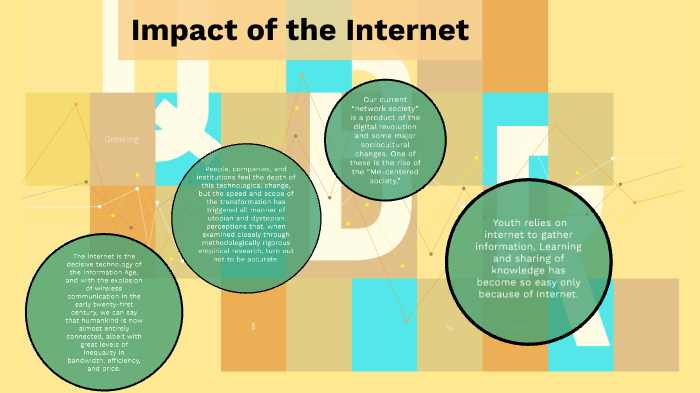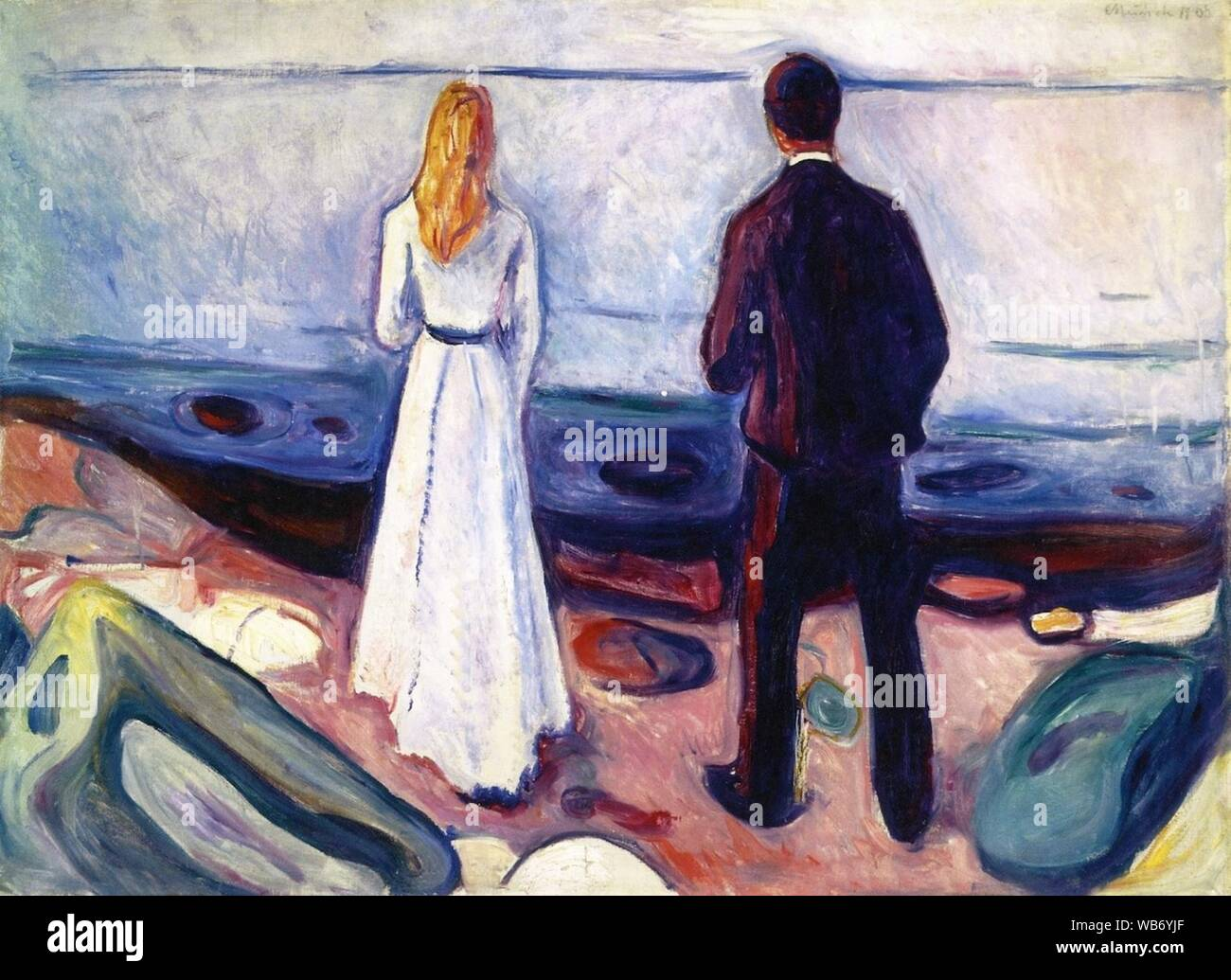
South Asian Art Pigments: Unveiling Historical Colors
admin
- 0
South Asian art pigments play a crucial role in understanding the vibrant cultural heritage of the region. These captivating colorants, derived from various natural and synthetic sources, reflect the intricate artistry and historical narratives embedded in South Asian artworks. Engaging in pigment analysis South Asia allows conservators and art historians to explore the origins and compositions of these pigments, revealing insights into the regional practices and influences that shaped their use. Through the lens of conservation science, researchers are working tirelessly to catalog a historical pigment database that uncovers the stories behind these colorants in art. By fostering art and technology collaboration, projects like Mapping Color in History are paving the way for innovative approaches to preserve and celebrate South Asian artistic traditions.
Exploring the realm of coloring agents used in regional artworks, we delve into the unique palette of South Asian artistic expressions. Historically, the techniques employed by artists in this region often incorporate a stunning array of hue-producing materials, reflecting diverse cultural influences and local resources. By examining these traditional colorants, researchers gain valuable insights into the artistic methodologies that have persisted through generations. This exploration into pigments also emphasizes the significance of cross-disciplinary efforts, merging art historical research with modern scientific practices. As we unravel the complexities of these vibrant materials, understanding their applications fosters a deeper appreciation for South Asia’s artistic legacy.
Exploring South Asian Art Pigments
South Asian art has a rich and diverse history, with an array of pigments sourced from both local environments and trade. In recent years, projects like the Mapping Color in History Project have highlighted the importance of understanding the pigments used in historical artworks. By examining the composition of pigments, researchers have discovered that some colorants believed to have originated from Europe were actually used in South Asia long before their documented arrival. This challenges the preconception that South Asian artists primarily relied on imported materials and opens doors to rediscovering indigenous significant pigment techniques and sources.
Pigment analysis in South Asia is crucial not only for art historical research but also for conservation science. Accurate identification of colorants and their origins aids in creating effective restoration protocols for artworks. The extensive pigments database created by the Mapping Color project allows scholars, conservators, and art enthusiasts to delve deeper into explored and unexplored facets of pigment usage. By documenting these contributions through historical pigment databases, we gain a comprehensive view of the colorful tapestry that defines South Asian art.
Technological Innovations in Art Conservation
The intersection of art and technology has revolutionized the methods used in conservation science today. The Mapping Color in History Project exemplifies this collaboration, leveraging digital humanities alongside traditional art historical research. Utilizing advanced imaging techniques and non-destructive analysis methods, scientists can examine artworks without compromising their integrity. This fusion of disciplines not only enhances our understanding of historical pigments but also facilitates better outreach to various audiences, including curators, educators, and the general public.
Technological advancements such as Raman spectroscopy and x-ray fluorescence have become vital tools for conservation scientists. These methods allow for the precise analysis of materials without requiring the extraction of samples from fragile artworks. As a result, researchers can paint a clearer picture of the history of colorants in art, ensuring that future conservation efforts are informed by the most accurate historical data available. This collaborative approach helps bridge the gap between technology and cultural heritage, ensuring artworks are preserved for future generations.
Mapping Cultural Heritage through Collaboration in the Arts and Sciences and LSI Optimization
The collaboration between various academic fields is essential for the advancement of art and cultural heritage preservation. Projects like Mapping Color in History open new avenues for interdisciplinary research, allowing art historians to work closely with scientists specializing in conservation science. This collaboration enriches not only the understanding of historical art practices but also the appreciation of the ongoing traditions maintained by contemporary artists today. Such partnerships are vital as they create access points for exploring how historical knowledge contributes to modern artistic expressions.
By integrating diverse areas of expertise, these collaborative efforts lead to a more robust understanding of art and its context. They foster a greater appreciation for both traditional techniques and contemporary innovations. Furthermore, as partnership efforts grow, we begin to uncover connections that may not have been previously recognized—such as how certain pigments used today can trace their lineage back hundreds of years. This deepening understanding of colorants in art, combined with modern technology, allows for a more comprehensive view of art history that emphasizes the crossover between past and present.
Historical Research and the Future of Pigment Studies
The pursuit of understanding historical pigments continues to be a fundamental aspect of art research and conservation. With the Mapping Color project at the forefront, researchers are creating a historical pigment database that not only catalogs existing findings but also seeks to fill in the gaps of knowledge regarding color usage throughout South Asia. This initiative is crucial because the region’s historical records are often incomplete; thus, comprehensive studies are needed to establish clearer timelines and attributions for artworks.
The future of pigment studies lies in the ongoing research that enhances our comprehension of the materials that shaped regional art patterns. By ensuring that pigment analysis is inclusive of local substances and methods, scholars can better trace the evolution of artistic practices across centuries. As more data is added and analyzed in the historical pigment database, the potential for discovering previously unknown connections among artists, their sources, and the pigments they used becomes more tangible. The continuous expansion of such knowledge is essential for both conserving South Asian art and understanding its historical narrative.
Implications of Indigenous Pigment Knowledge
The importance of indigenous knowledge cannot be overstated in the study of South Asian art pigments. Many colorants that dominate current discussions were historically overlooked, limiting the understanding of artistic practices in the region. Indigenous practices of utilizing locally sourced pigments reveal a wealth of information about cultural exchanges and the relationships between communities and their environments. As researchers emphasize these indigenous methods, they highlight the nuanced understanding of art that incorporates local materials and traditional techniques.
Including indigenous pigment knowledge in contemporary studies is crucial for creating a holistic view of South Asian art. It reclaims ownership of artistic narratives that have been overshadowed by perspectives that prioritize Western influences. This shift encourages a more inclusive practice that acknowledges the varied sources of color within the art-making process. As such, ongoing research not only contributes to historical knowledge but also elevates contemporary artists who are preserving ancient techniques while innovating new interpretations in their work.
Advancements in Non-Destructive Analysis Techniques
Non-destructive techniques have become a cornerstone of pigment analysis in conservation science. These methods allow scientists to study artworks and their pigments without causing harm, thereby preserving the integrity of invaluable pieces. Techniques such as infrared reflectography, UV fluorescence, and digital imaging are increasingly employed to analyze the pigments’ composition and layering. These advanced methodologies enhance our understanding of how pigments interact, revealing insights into the artistic intentions behind each piece.
As the field of conservation science progresses, the reliance on non-destructive analysis ensures that art historians and conservators can make informed decisions regarding treatment and restoration. With projects like the Mapping Color initiative prioritizing these methods, researchers are capable of revealing the intricacies of pigment applications across cultures and eras. This commitment to preserving authenticity enhances the overall appreciation of historical artworks while providing modern comparisons to traditional practices that echo across time.
Collaborative Approaches to Art Historical Research
The emergence of collaborative research initiatives has transformed the landscape of art historical research. In projects like Mapping Color, collaboration occurs among diverse experts, including art historians, conservation scientists, and digital humanities specialists. By pooling their expertise, these teams create comprehensive resources that drive knowledge forward. Collaborative approaches have demonstrated that interdisciplinary work can yield rich insights that single-discipline research may overlook.
Additionally, embracing collaborative models encourages sharing knowledge across sectors, creating opportunities for educational outreach and public engagement with art. This democratization of information ensures that diverse audiences are included in discussions about cultural heritage and art history. As knowledge is shared and methodologies blend, we can begin to experience the fuller picture of artistic practices and their socio-economic contexts which have shaped the fabric of global art.
The Role of Open Access in Art and Research
Open access databases, such as the one developed by the Mapping Color project, play a significant role in enhancing transparency and accessibility in art research. Such initiatives allow scholars, students, and the general public to engage with preserved knowledge, fostering greater dialogue about heritage. By allowing free access to resources that document pigment use and analysis, these databases stimulate interest in formal and informal educational contexts.
The democratization of art-related information paves the way for broader conversations about the contributions of various cultures to the global art narrative. By making historical pigment data available to a wider audience, there is an opportunity to inspire future generations of artists and researchers to explore traditional techniques while innovating new practices. Moreover, it strengthens the connection between the past and the future, ensuring that cultural heritage is preserved and appreciated. The open-access model exemplifies how inclusivity can enhance art and culture scholarship.
Connecting Art and Cultural Heritage through Pigments
The connection between art and cultural heritage is often expressed through the materials artists choose, especially pigments. These colorants carry stories that provide context around the time and place of their creation. As researchers delve into the historical significance of pigments used in South Asian art, they uncover the cultural practices, trade routes, and societal influences that shaped their use. Each hue serves as a bridge that connects an artwork to its historical context, enriching our understanding of its meaning.
Exploring pigments as cultural artifacts allows future generations to appreciate the ties between art-making processes and the heritage from which they emerge. This focus on color in the context of its cultural significance enriches not only the academic discourse but also public appreciation for the art itself. As discussions around pigments in cultural heritage continue to evolve, they inspire renewed efforts in preserving and interpreting the artistic legacy of South Asia.
Future Directions for Pigment Research
The future of pigment research lies in expanding our understanding of historical colorants used in South Asian artworks. Ongoing projects like Mapping Color are just the beginning, as there is much work to be done in terms of uncovering the full scope of indigenous pigments and their historical applications. Future directions may focus on increased collaboration with contemporary artists who are still practicing traditional methods, thus guaranteeing that this valuable knowledge continues to evolve and resonate within current artistic communities.
Moreover, researchers have the opportunity to explore global comparisons of pigment use, drawing lines between South Asian colorants and those found in other cultures. This comparative approach can foster scholarly dialogues that emphasize shared histories in art across boundaries. With the increasing integration of technology and scientific methods in cultural research, the unfolding narratives of pigments will surely lead to further discoveries, enhancing our understanding of the vibrant history of art and color across time and geography.
Frequently Asked Questions
What are South Asian art pigments and how are they analyzed?
South Asian art pigments refer to the colorants used in the creation of artworks from the South Asian region, specifically materials that artists utilized historically. Pigment analysis South Asia involves techniques like infrared and ultraviolet imaging, x-ray fluorescence, and Raman spectroscopy to identify these pigments without damaging the artworks, allowing researchers to understand their composition and origin.
How can I access the historical pigment database for South Asian art?
The historical pigment database for South Asian art, known as the Mapping Color in History Project, is an open-access platform. Users can search by keywords, pigments, artwork titles, and geographical location to discover the pigments used in various pieces of South Asian art. This database serves as a vital resource for historians, curators, and conservation scientists.
What role do indigenous colorants play in South Asian art pigments?
Indigenous colorants are crucial in the study of South Asian art pigments as they highlight the traditional pigments used by local artists prior to European contact. Recent studies suggest that many pigments once thought to have been imported may have originated from local sources, underscoring the historical knowledge of colorants in South Asia and their significance in art and culture.
How does conservation science contribute to understanding South Asian art pigments?
Conservation science employs various scientific methodologies to analyze and preserve artworks, including those from South Asia. By using non-destructive testing techniques, conservation scientists can identify and document South Asian art pigments, helping to inform restoration efforts and deepen our understanding of the materials and techniques used by historical artists.
What are the benefits of integrating art and technology in the study of South Asian art pigments?
Integrating art and technology in the study of South Asian art pigments enhances the research methodology. By collaborating with digital humanities experts and scientists, projects like the Mapping Color in History Project improve access to pigment data, foster interdisciplinary dialogue, and enrich our understanding of colorant usage and artistic practices in South Asian art.
How can contemporary artists contribute to our knowledge of historical South Asian art pigments?
Contemporary artists, such as traditional Indian painter Babulal Marotia, offer insights into the ongoing use of historical South Asian art pigments. By analyzing the pigments and materials they utilize, researchers can establish a connection to historical practices and gain a better understanding of how ancient techniques and colorants have evolved over time.
What are the challenges in tracking the origins of South Asian art pigments?
Tracking the origination of South Asian art pigments poses challenges due to the lack of specific historical documentation regarding the date, artist, and location of many artworks. Researchers often face ambiguity, such as vague classifications like ‘North India, 17th-18th century.’ Ongoing research and comparative studies are essential for refining attributions and understanding the context of these pigments.
| Key Points | Details |
|---|---|
| Project Overview | The Mapping Color in History Project aims to map pigments used in South Asian art, challenging perceptions of pigment origins. |
| Pigment Analysis | Research revealed that some pigments thought to be imported from Europe may have indigenous origins, prompting a reevaluation of historical pigment usage. |
| Database Features | An open-access database allows searches by various filters, and includes detailed analyses of pigments in artworks. |
| Collaborative Efforts | The project involves collaboration across disciplines, including art history, conservation science, and digital humanities. |
| Non-Destructive Techniques | Scientists primarily use non-destructive analysis methods to study pigments in ancient artworks. |
| Contemporary Connections | Collaboration with modern artists allows insights into traditional techniques and materials still in use. |
| Ongoing Challenges | Mapping origins of artworks remains difficult due to lack of specific historical information. |
| Future Goals | Plans to enhance the database with additional artworks and visualization tools for better analysis. |
Summary
South Asian art pigments play a crucial role in understanding the region’s artistic heritage. The Mapping Color in History Project has uncovered significant insights about pigments used in historical artworks, revealing that some believed to be European imports were actually utilized in South Asia long before their documented arrival. By creating an open-access database and employing modern technology, researchers aim to enhance access to this rich cultural history and foster collaboration between historians and scientists. Ultimately, the project highlights the importance of acknowledging indigenous knowledge in the study of South Asian art pigments and encourages further exploration of the vibrant colors that define the region’s artistic legacy.

